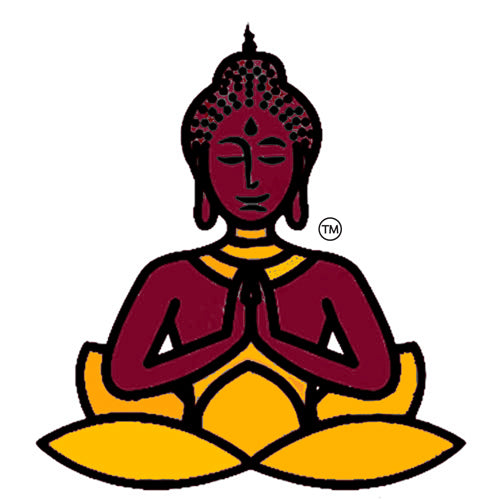Buddha Buddha Indian Incense collection
Teilen
The spiritual ancient Indian seers have designed worship which occurs and aids in meditation. It is called Puja. It offers someone all of their pleasures and it helps their mind trace the origin of these pleasure sources. This is an essential part of meditation. To give your all to the Divine, as it was called back then.
The Divine is usually the source of all these pleasures. This helps in purifying the heart and mind of people. From this spiritual ancient ceremony, fire is usually offered to clean the sight sense. A bell is then rung and a conch shell gets sounded to clean up the hearing sense. When the bell gets rung, their ears started hearing better and then they got realizations they didn’t think were possible.
Then they started creating different materials which would help their nose perceive better. This was important because while giving their senses to the Divine, they needed to submit all five senses, but submitting the sense of smell was difficult. This was how they created several fragrant items which are offered to clean the mind through the nose. These include some awesome powders that are created using herbs with an awesome fragrance. They are called ashwagandha, as well as rose water, sandalwood paste, and other.
Recognizing the spiritual and purifying power that’s gotten from smoke, especially whenever it comes to some herbs. There’s this special paste which is a little bit thick that used to be burned and prepared all through the puja ceremony.
Dhoop is the name of the special thick paste that’s burned and prepared during the puja occasion. Thus was made after combining eight different fragrance powders. Charcoal powder, jig, and some very soft resins. There’s also dashangam which could be used to make Dhoop by utilizing its ten fragrances. Dhoop then gets formed into the shape of a cone so it would burn and create a very large amount of smoke.
Throughout several generations, it has been showing that different herbs used for healing could be added to dhoop and used for various healing purposes. All through those ancient times, the techniques of making incense were left for just Ayurvedic doctors and priests of India. There were royal families there that burned dhoop incense and created elevating and calming moods in their environment.
It was from around 700 BCE when Buddhists started in India and the burning of incense became a serious practice there. We all know that Buddhists cannot practice their religion without incense. Incense is to Buddhists the way Christians have the Cross and Rosary. Just like how Buddhism spread and flourished all around the world, incense got introduced to places like China and Tibet as spiritual ritual ingredients. It received a different version from the local customs and herbs.
It was not till the early 1900s that the King of Mysore, Maharaja created an idea to roll up the paste of the incense on a bamboo stick. He supervised and developed what is now known and loved by the world. Unlike the simple paste, these sticks were very easy to produce and they create gentle smoke streams. They are more suitable to use in little spaces and at home.
The spiritual traditional formula of the priests in temples combined these incense with several Ayurvedic formulations used for healing. These developed quickly into an art that is now used to create perfumes. This was supported and encouraged by the Maharaja. The sticks there were hand-filled by female artisans in India. This helped in improving the economy of India locally.
The original purpose is to offer ourselves to the Divine, different people burn incense to create calming atmospheres in their environment, enhance their techniques of medication ordo nothing but enjoy the amazing scents. Several incense fragrance has been selected because of their calming and meditative qualities.
Source: History of Incense from India
